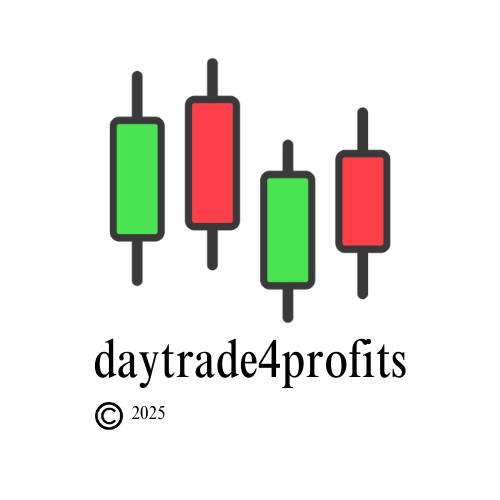Unlocking the Tech Frontier: A Look at NQ Futures Trading
The world of finance is constantly evolving, and for those looking to engage with market movements beyond traditional stocks, futures trading offers a dynamic avenue. Among the most popular instruments in this space are NQ futures, also known as E-mini Nasdaq 100 futures. If you've ever wondered how to potentially capitalize on the performance of the biggest names in tech, understanding NQ futures is a great place to start.
What Exactly Are NQ Futures?
At its core, an NQ futures contract is an agreement to buy or sell the value of the Nasdaq 100 Index at a predetermined price on a future date. The Nasdaq 100 Index itself represents 100 of the largest non-financial companies listed on the Nasdaq stock exchange, heavily weighted towards the technology sector. Think Apple, Microsoft, Amazon, and Tesla – these are the giants that influence the NQ.
Unlike directly buying individual stocks, trading NQ futures allows you to speculate on the overall movement of this influential index. This can be particularly appealing for traders who want exposure to the tech sector's collective performance without having to manage a basket of individual equities.
Why Do Traders Look to NQ Futures?
There are several compelling reasons why NQ futures have become a staple for many traders:
Exposure to Tech Giants: For those with a bullish or bearish view on the technology sector, NQ futures offer a direct way to express that outlook.
Leverage: Futures contracts are highly leveraged instruments. This means a relatively small amount of capital can control a much larger notional value. While this can amplify profits, it's crucial to remember it can also amplify losses.
Liquidity: The NQ futures market is incredibly liquid, with high trading volumes almost 24 hours a day, five days a week. This ensures efficient execution and tighter spreads.
24-Hour Access: The ability to trade nearly around the clock allows traders to react to global news and events that occur outside of regular stock market hours, offering greater flexibility for risk management and opportunity capture.
Hedging Opportunities: NQ futures can be used by investors to hedge their existing stock portfolios against potential market downturns.
Strategies and Considerations for NQ Futures
Successful NQ futures trading often involves a blend of analytical approaches:
Fundamental Analysis: Keeping an eye on macroeconomic factors (interest rates, inflation), tech industry trends, and the earnings reports of major Nasdaq 100 companies can provide insights into potential market direction.
Technical Analysis: Many traders rely on technical indicators and chart patterns to identify entry and exit points. Tools like moving averages, the Relative Strength Index (RSI), and Bollinger Bands can help in timing trades.
Risk Management: This is paramount. Due to the inherent leverage, implementing strict risk management strategies is non-negotiable. This includes proper position sizing, utilizing stop-loss orders to limit potential losses, and understanding margin requirements.
Simulated Trading: Before diving into live trading, practicing with a simulated trading account (often called paper trading) is invaluable. It allows you to test strategies and get comfortable with the platform without risking real capital.
The Importance of Due Diligence and Risk Awareness
While NQ futures offer exciting opportunities, it's essential to understand the associated risks. The high leverage can lead to significant losses if the market moves against your position. Market volatility, especially in the tech sector, can also be substantial.

